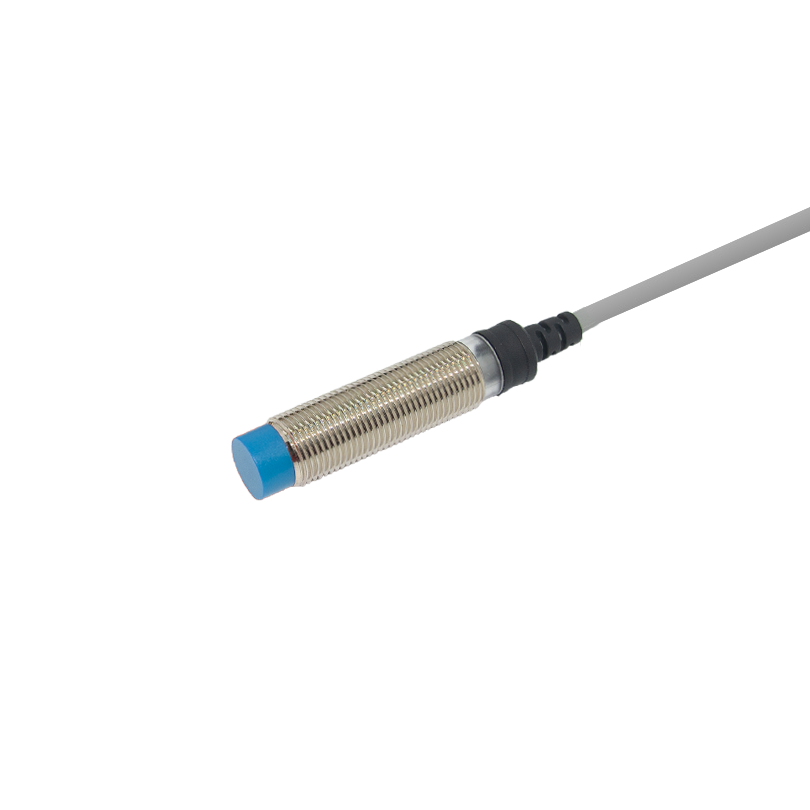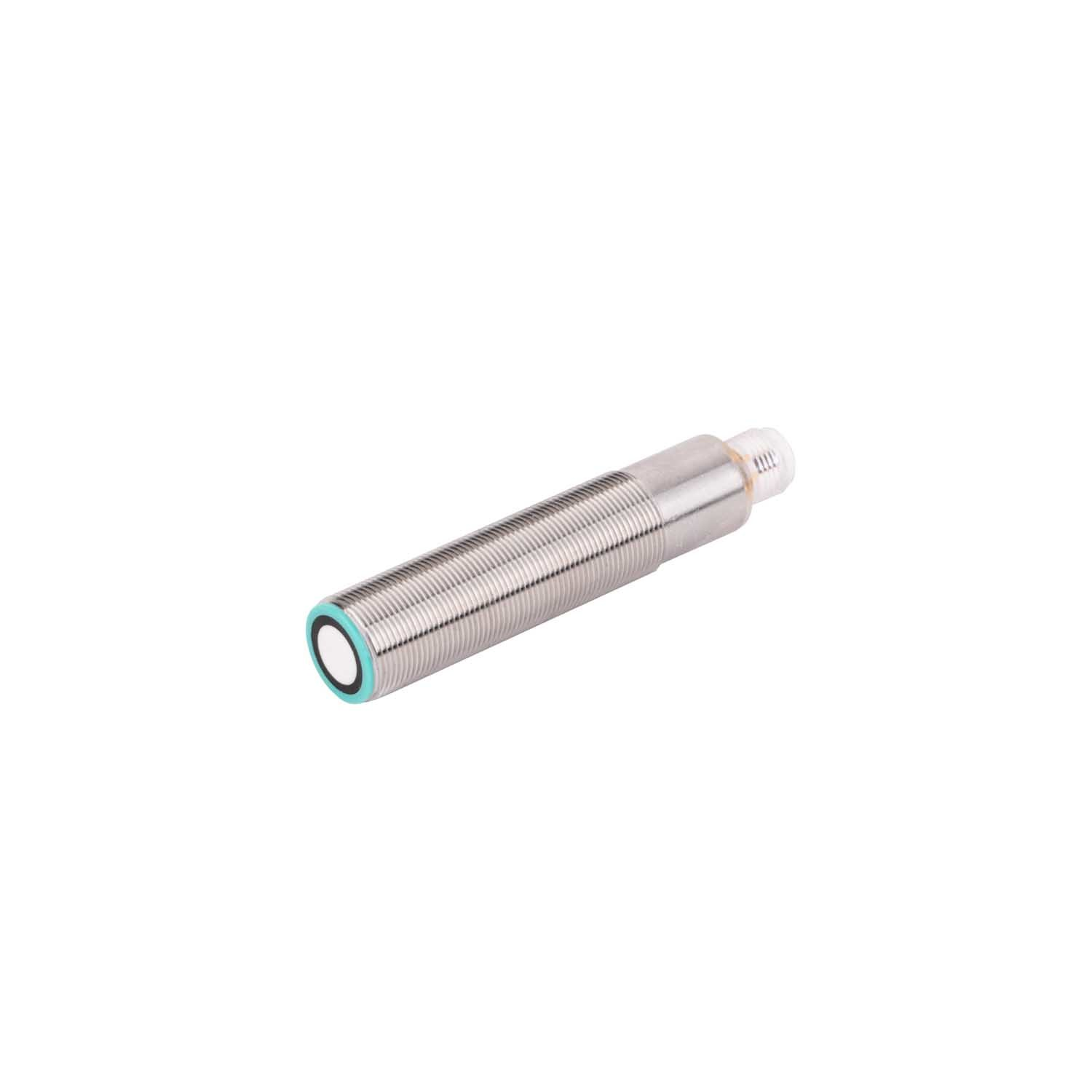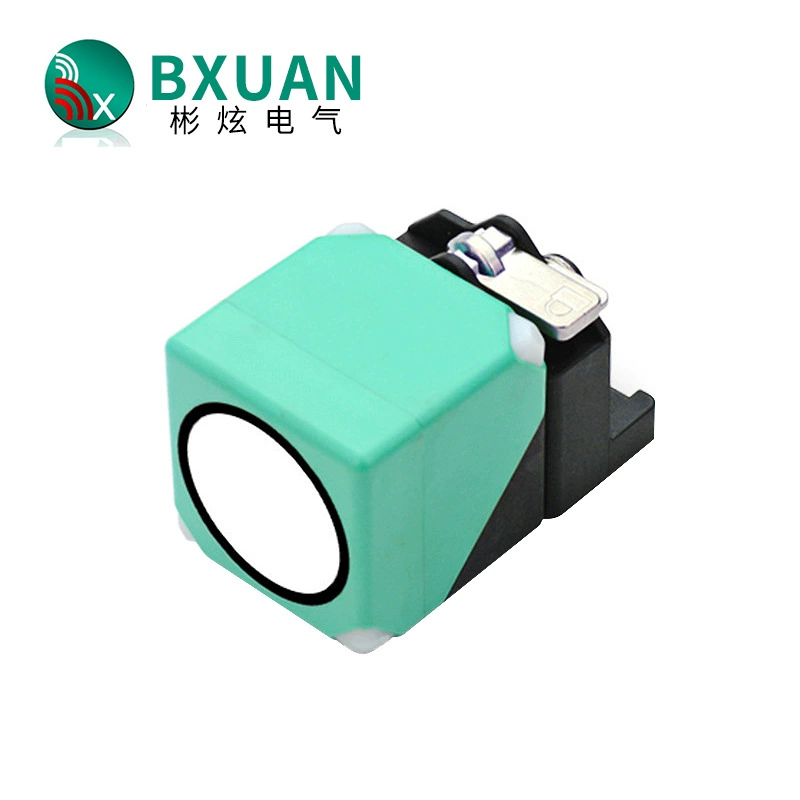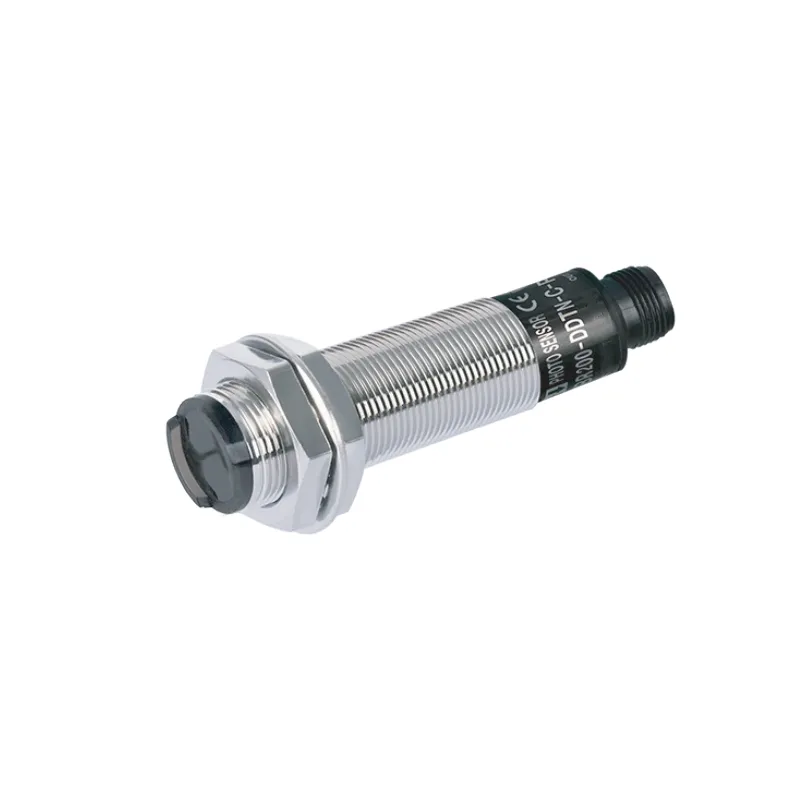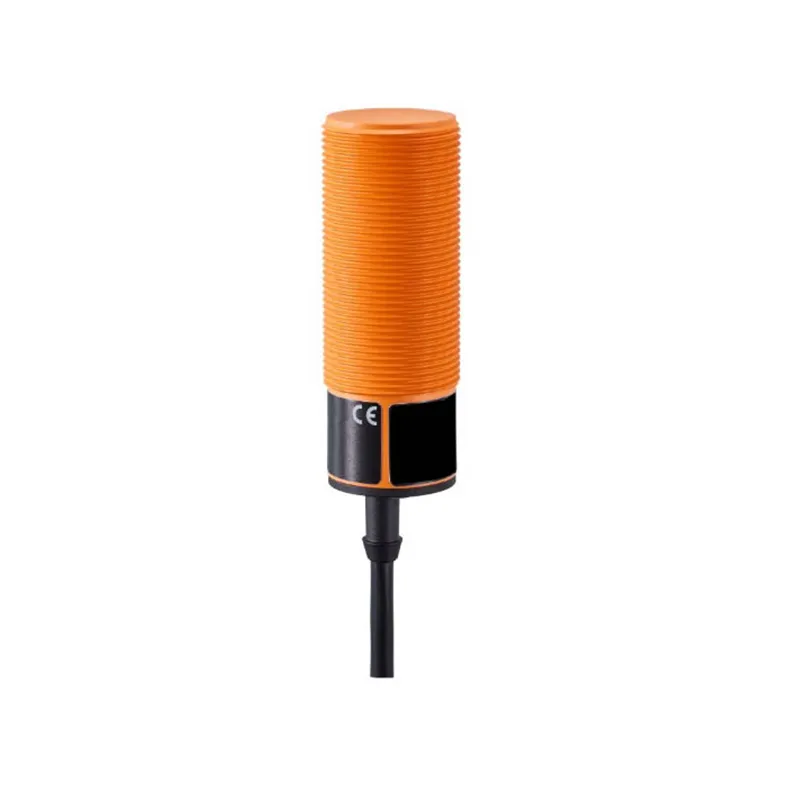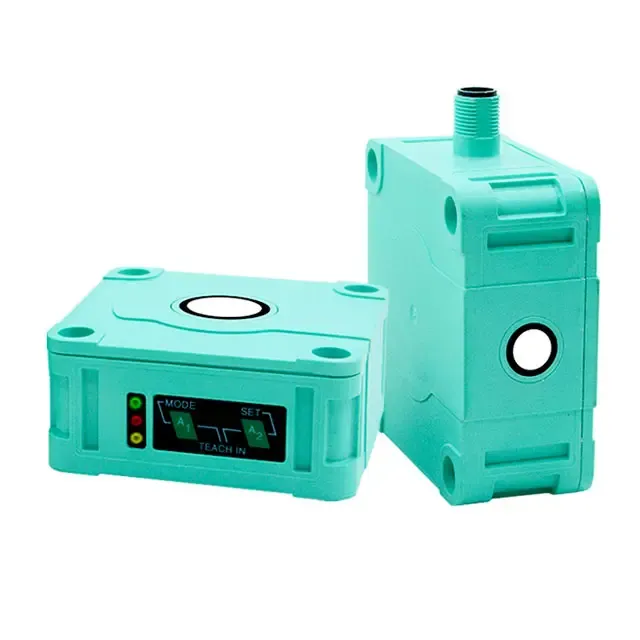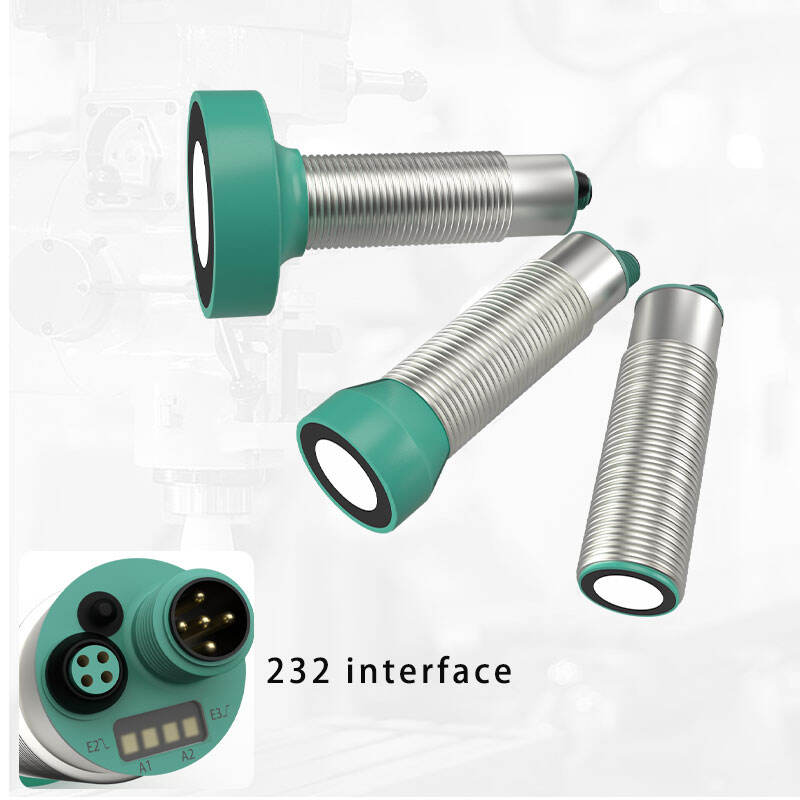optical water level sensor for small tanks
The optical water level sensor for small tanks represents a cutting-edge solution in liquid level monitoring technology. This innovative device utilizes advanced optical principles to accurately detect and measure water levels in compact storage vessels. The sensor operates by employing infrared light technology, which emits and receives light signals to determine the presence or absence of liquid. When water reaches the sensor's detection point, it alters the light's refraction pattern, triggering precise measurements. The device's compact design makes it particularly suitable for small tanks, while its solid-state construction ensures durability and reliability. These sensors typically feature integrated electronics that process the optical signals and convert them into easily interpretable data. They offer both digital and analog output options, making them compatible with various control systems. The sensor's applications span across multiple industries, including laboratory equipment, household appliances, automotive systems, and small-scale industrial processes. Its non-invasive measurement technique prevents contamination and ensures accurate readings without direct contact with the liquid. The sensor's ability to function effectively in confined spaces, combined with its quick response time and minimal maintenance requirements, makes it an ideal choice for monitoring water levels in small tanks where space and reliability are crucial factors.

